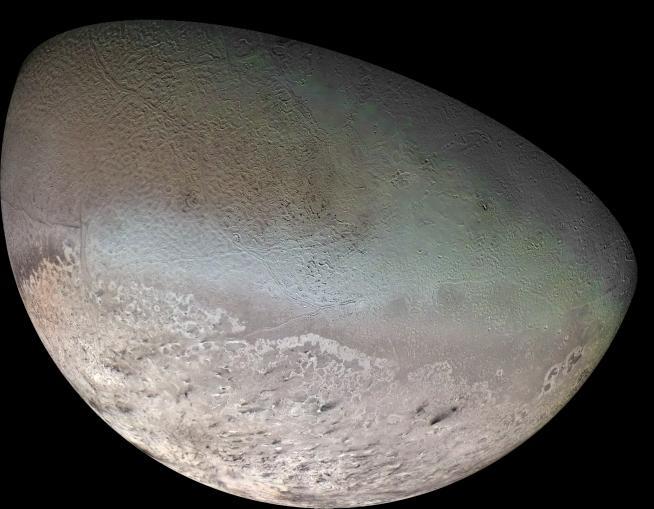Orbiting in Order: Patterns in the Solar System
A Grade 6-8 Quest
This quest is designed to have teachers address the question What causes observed patterns of movement among objects in the solar system? This question is used as the basis of an examination into the systematic way that Earth and its nearest celestial neighbors interact according to gravity. Considering these neighbors as a system and understanding the part the Earth plays in their movements is central to understanding the core concept of Earth’s place within our galaxy and the galaxy’s place within the universe.
Quest participants will conduct investigations and experiments about gravitational interactions on Earth, within the Earth-Moon-Sun system, and among other solar system objects. They will design and employ models to describe and explain phenomena related to moon phases, lunar and solar eclipses, Earth’s seasons, and the planetary capture of solar system bodies. They will study the scale properties of solar system objects and examine the limitations of the models that they employ.
Upon completion of the quest, participants gain a detailed picture of how solar system objects interact under the influence of gravitational attractions.
Orbiting in Order: Patterns in the Solar System is an in-person quest. We run it as a two-day exploration of solar system gravity from the comfort of an inside location. This quest can be run in any state and at any time of the year.
Primary core idea material addressed in this quest (in part):
ESS1.A (The Universe and its Stars)
ESS1.B (Earth and the Solar System)
PS2.A (Forces and Motion)
PS2.B (Types of Interactions)
PS4.B (Electromagnetic Radiation)
Performance Expectations associated with this quest (in part):
1-PS4-2 – Make observations to construct an evidence-based account that objects can be seen only when illuminated.
1-ESS1-1 – Use observations of the sun, moon, and stars to describe patterns that can be predicted.
3-PS2-1 – Plan and conduct an investigation to provide evidence of the effects of balanced and unbalanced forces on the motion of an object.
5-PS2-1 – Support an argument that the gravitational force exerted by Earth on objects is directed down.
MS-PS2-2 – Plan an investigation to provide evidence that the change in an object’s motion depends on the sum of the forces on the object and the mass of the object.
MS-ESS1-1 – Develop and use a model of the Earth-sun-moon system to describe the cyclic patterns of lunar phases, eclipses of the sun and moon, and seasons.
MS-ESS1-2 – Develop and use a model to describe the role of gravity in the motions within galaxies and the solar system.
MS-ESS1-3 – Analyze and interpret data to determine scale properties of objects in the solar system.
An example investigative-phenomenon performance activity associated with this quest:
Develop and use models to explain the investigative phenomenon that people in Casper, Wyoming watched a bright sunny morning sky darken to the point where stars were visible at 11:42am on August 21, 2017.
Primary Performance Expectations Addressed: MS-ESS1-1; MS-ESS1-3.






